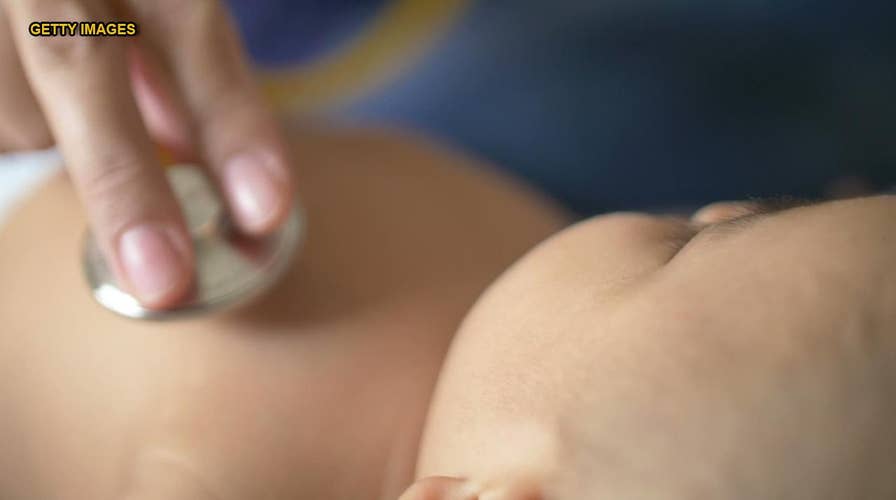Personal care products send thousands of kids to ER, study finds
In a study published Monday in Clinical Pediatrics, researchers reported that most injuries occurred when a child swallowed the product, or the product made contact with the child’s skin or eyes.
About every two hours a child is taken to the emergency room for injuries related to cosmetic and beauty products kept inside the home. Items like shampoo, lotion, makeup and nail polish remover seem to pose the biggest threat to children under 5, according to researchers at the Center for Injury Research and Policy at Nationwide Children’s Hospital, who tracked 64,686 such injuries between 2002 through 2016.
In a study published Monday in Clinical Pediatrics, researchers reported that most injuries occurred when a child swallowed the product, or the product made contact with the child’s skin or eyes. About 86.2 percent of these incidents resulted in poisonings, while 13.8 produced chemical burn injuries.
GEORGIA TODDLER DIAGNOSED WITH RARE OVARIAN CANCER NOW DISEASE-FREE
“When you think about what young children see when they look at these products, you start to understand how these injuries can happen,” said Rebecca McAdams, MA, MPH, co-author of this study and senior research associate in the Center for Injury Research and Policy at Nationwide Children’s.
“Kids this age can’t read, so they don’t know what they are looking at. They see a bottle with a colorful label that looks or smells like something they are allowed to eat or drink, so they try to open it and take a swallow. When the bottle turns out to be nail polish remover instead of juice, or lotion instead of yogurt, serious injuries can occur.”
According to the study, 28.3 percent of injuries involved hair care products, with more than half requiring hospitalization, but nail polish remover, which accounted for 17.3 percent of all injuries, was the individual product that accounted for the most number of emergency room visits.
EARWAX CLUMP CLOGGING ENTIRE EAR CANAL REMOVED FROM PATIENT: 'LOOK AT THAT!'
Another hazard, McAdams cautioned, is a child’s tendency to imitate what they see.
“Children watch their parents use these items and may try to imitate their behavior,” McAdams said in the news release. “Since these products are often stored in easy-to-reach places and are not typically in child-resistant containers, it can be easy for kids to get to and open the bottles.”
McAdams said most products involved in the recorded incidents do not have child-resistant packaging, so placement after use is vital to keeping kids safe.
CLICK HERE TO GET THE FOX NEWS APP
Parents and caregivers are encouraged to store personal care products in high storage areas and out of sight or behind a locked or latched cabinet. The researchers also said it was important for caregivers to know the National Poison Help Line (1-800-222-1222).

